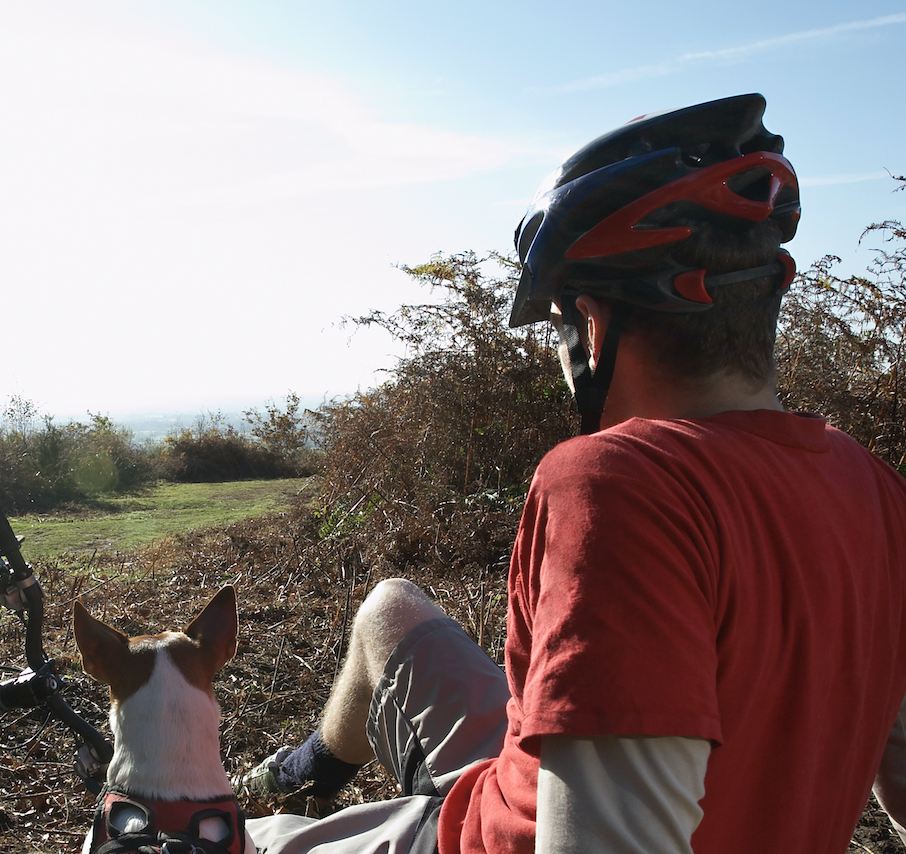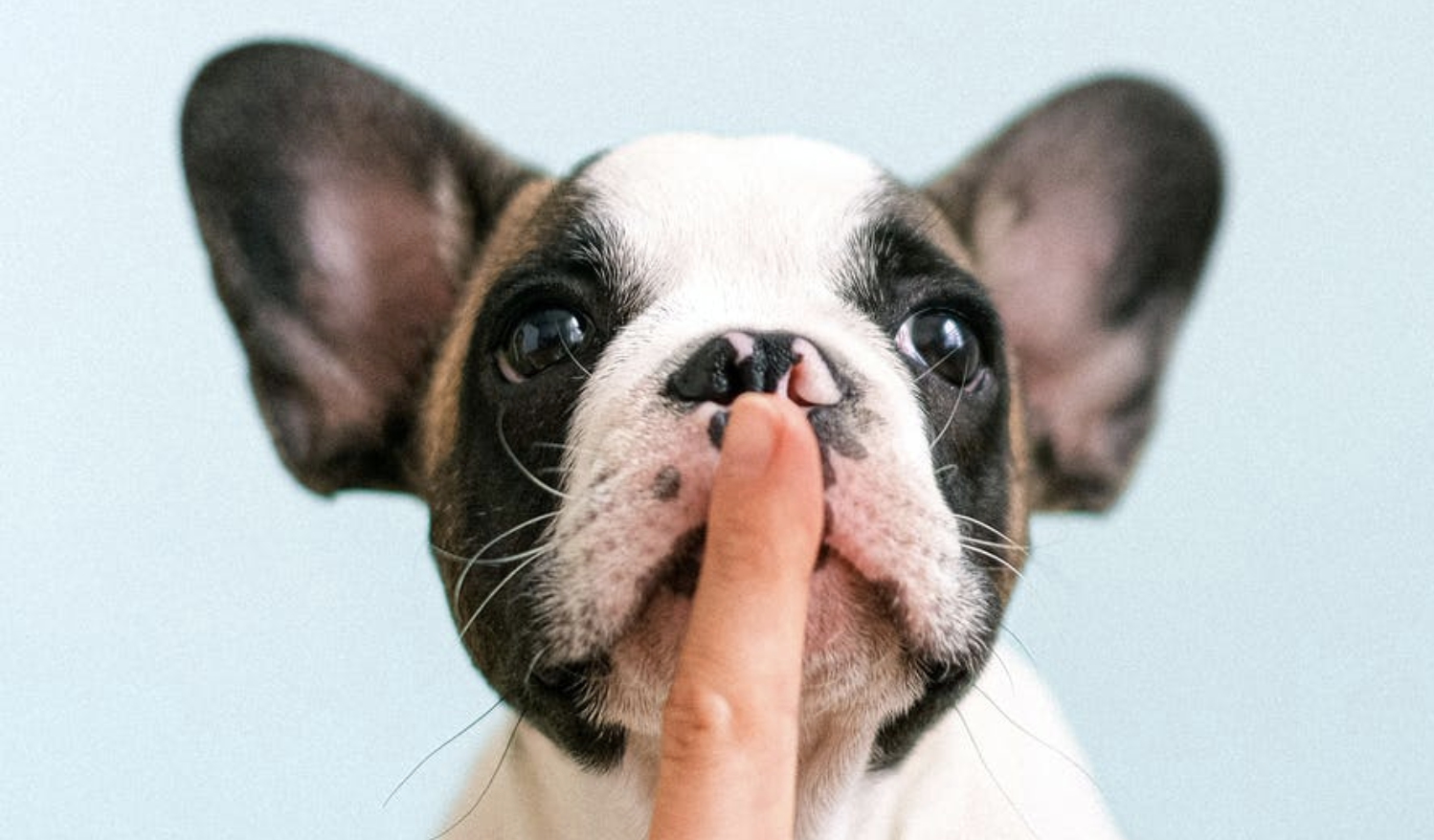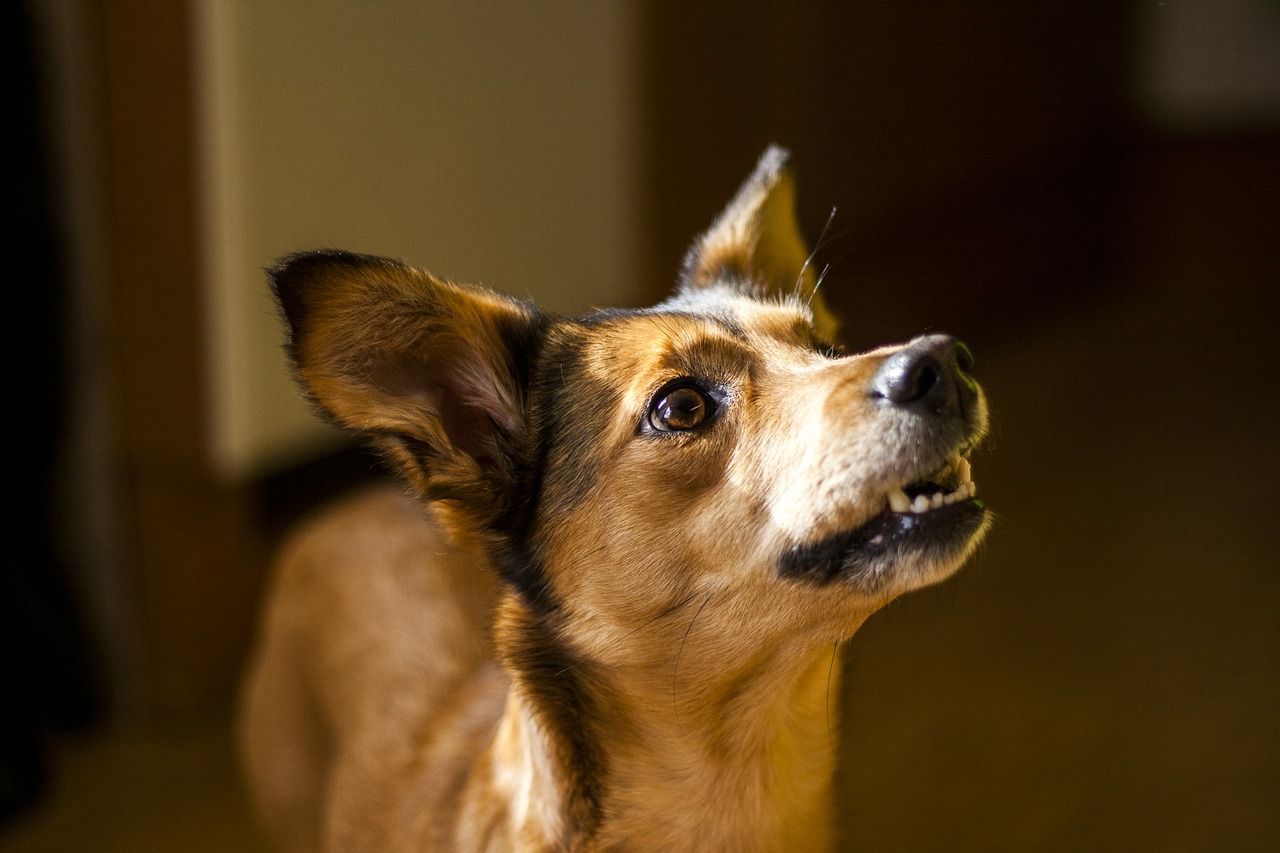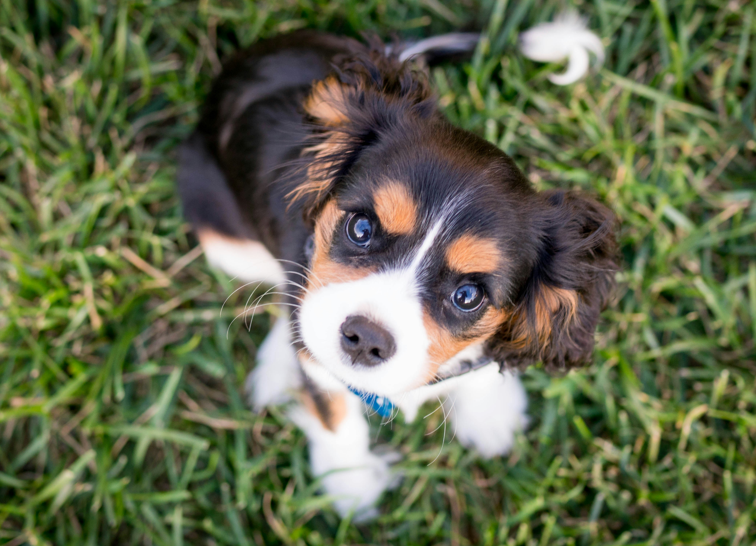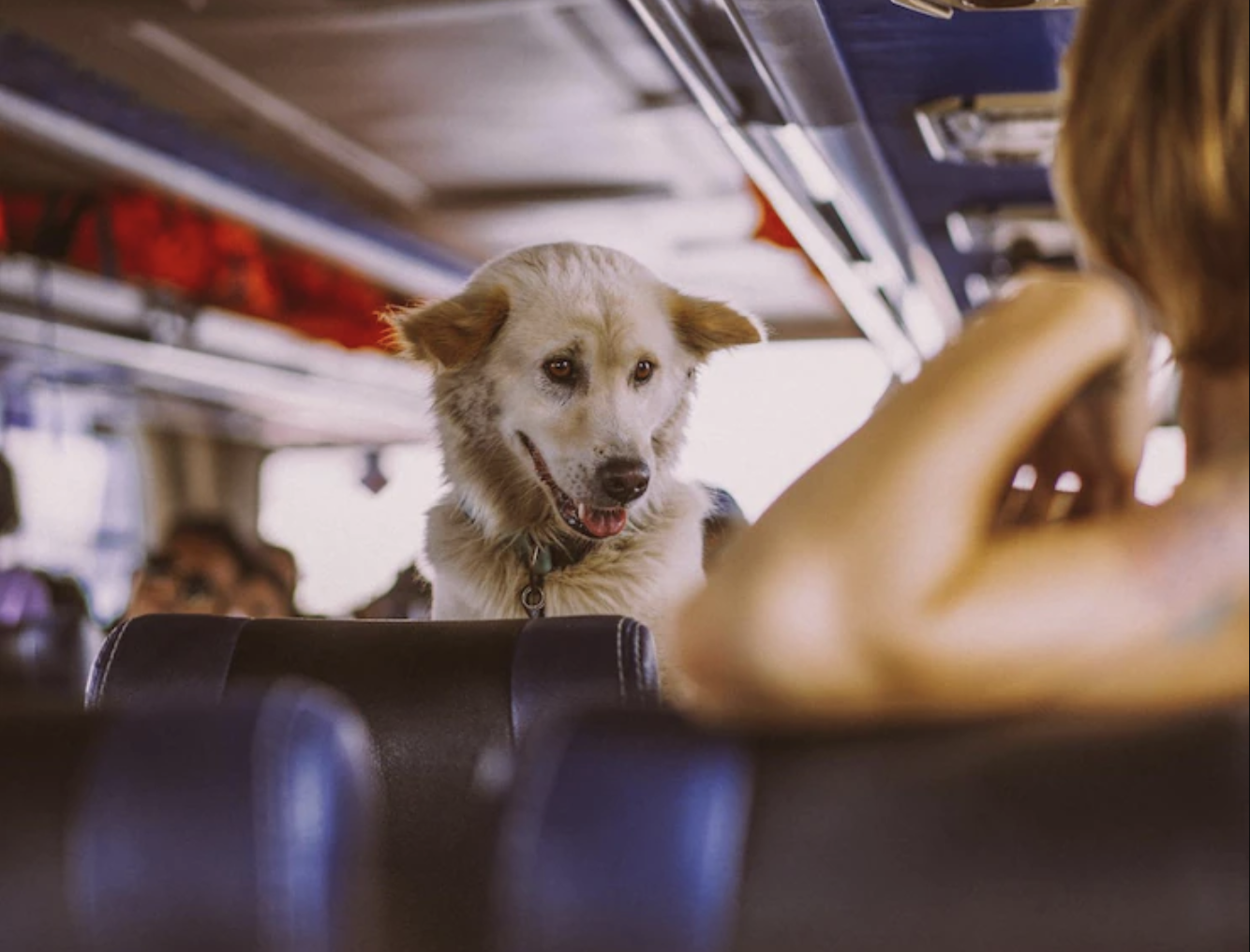
When you have invested much time, put a lot of effort into training your dog, or have spent a lot of money to have him/her professionally trained, you want all this to pay off. By "paying off" we do not only mean being able to rely on your service dog to support you and perform tasks for you when needed but also being able to bring him/her to public places as well as fly with him/her.
Being in public or flying with a service animal is an experience that always comes with certain challenges. How can you be sure that your dog will behave appropriately, do you have all the needed documentation? Do passersby, business owners, and employees know what your rights are…? These are among the questions many service dog handlers ask themselves prior to bringing their service dog in public or requesting travel with them.
Flying with a service animal can become even more complicated than bringing him/her to a restaurant, mall, or café. Challenges can easily turn into serious difficulties, especially when the airline you will be traveling denies your service animal access to the passenger cabin.
Why do these difficulties occur and how to avoid them? In today’s article, we will give some helpful tips and information on why service animals can be denied, so you can prevent this from happening.
Airline Regulations
First, it is essential to note, that airlines run their own service dog policies. These can also depend on the regulations of the country you are based in as well as on the regulations of the country you will travel to.
This means, that a service dog can be accepted or denied by the same airline, depending on the country of origin and the country of destination/transit country/airport. The regulations in some countries are more tolerant toward service dog teams and provide these with a variety of training options to choose from. For example, the laws in the US and the UK state that dog owners are allowed to train their pet dogs to become service animals themselves; the laws in Canada vary on a provincial level; the laws among the EU members also vary despite being part of the same political and economic union.
As you may already know, dogs, who are not service animals are no longer allowed to fly in the passenger cabin free of charge. There are still some exceptions though, such as Latam Airlines (Chilie), or Volaris (Mexico), that continue accepting Emotional Support Animals. However, most airlines changed their regulations at the end of 2020, and they no longer accept ESAs in the passenger cabin free of charge.
Airlines specifically explain on their websites what types of service animals they accept, for flights to which countries, under what conditions they do or do not accept these animals, as well as what type of documentation they require based on the route.
In case you are already familiar with these new rules, you may want to know what the possible reasons could be for your service dog to be rejected.
When Can Airlines Deny a Service Dog Access to the Passenger Cabin?
We will go straight to the point and will list some of the most common reasons why an airline may reject your service animal.
1. The Dog Does Not Behave Properly
Service animals must be under control at all times. They must be on a leash or otherwise tethered. If your dog is not under your control and behaves disruptively, i.e. he/she sniffs around, pulls on a leash, jumps at people or animals, seeks attention, barks (unless barking is a part of the tasks he/she has been trained to perform), he/she may be denied access. Not to mention that service animals have to be fully housebroken, which require them to relieve themselves in a sanitary manner in the areas designated for this purpose.
2. The Airline Does Not Accept Owner-trained Service Dogs
As mentioned above airlines run different policies, that also depend on the laws in the country of origin and the country of destination. For example, you have trained your service dog yourself or through an owner/self-training program, but the airline you will be traveling does not recognize owner-trained service dogs or at least not for the particular route. In this case, your paw friend will be denied access. Some airlines require service dogs to be professionally trained by a member of a recognized organization like ADI or IGDF. Other airlines welcome service dogs evaluated by accredited local schools.
3. The Airline Accepts Owner-Trained Service Dogs, but You Did Not Fill Out the Needed Forms Correctly
This especially refers to handlers flying within the US or from/to the US directly, who need to fill out and submit a DOT form. A U.S. Department of Transportation Air Transportation (DOT) form is a standardized form that airlines require for the flights mentioned above. This form includes information about the dog’s health and training. Where do the issues with filling out the form come from?
If you have trained your dog yourself, including the cases where you have enrolled in an owner/self-training program and have received help from tutors and trainers, you need to list your name as the main trainer of the service dog. If you list the name of the training organization/school, that supported you during the training process, the DOT form will be rejected. This is essential to remember.
The same is valid for the field “phone number”. In the case of an owner/self-trained service dog, you need to put your phone number first and then add the phone number of the school/organization.
Our article “How to Fill Up DOT Service Animal Air Transportation Form To Fly With Your Service Dog” is likely to help you fill out the form properly.
4. You Can Not Properly Explain What Tasks Your Dog Does for You
Performing specific tasks for the benefit of a person with a disability is the essence of service animals. If you can not explain/list the tasks your dog does for you, the airline can deny him/her access to the passenger cabin. For example, if you have trained your dog (with the help of trainers) to alert you to anxiety episodes or to perform Deep Pressure Therapy, you should not list “balance tasks”, “mobility tasks” or simply “emotional support”.
It is essential, that you are able to properly explain what tasks your service dog performs for you, without revealing details of your disability.
5. You Did Not Submit the Needed Documentation in a Timely Manner
Airlines have clear rules in regard to the minimum time frame prior to departure, within which the needed documentation, needs to be submitted. Most airlines require the DOT form to be submitted at least 48 or even 72 hours prior to departure, so keep this in mind.
6. Your Service Dog Does Not Have All the Needed Vaccinations and Does Not Meat the Health Requirements
Your service dog must be up-to-date with all the necessary vaccinations, so you should contact your dog’s veterinarian prior to departure. Your dog may need to have a health certificate issued by a licensed veterinarian that is valid for at least 10 days.
7. Your Service Dog is Too Young
Most airlines require service animals to be at least 6–7 months old to be allowed in the passenger cabin. If your paw friend is still a puppy, he/she might be denied access.
8. There Are Already Other Service Animals Accepted for the Same Flight
You should keep in mind that there is usually a limitation on the maximum number of dogs allowed to fly in the passenger cabin. In case there is no space for an additional dog to be accommodated, the airline may reject your service animal.
9. You May Need to Have a Medical Letter
We
would like to note that according to the law in the US and the UK, a
medical letter can not be required. However, in certain cases, you
may need to show such a document to verify your need for a service
animal, i.e. if airline agents doubt the legitimacy of the service
dog. We always recommend that handlers consult a licensed health
provider and ask for a medical letter.
10.
Your Dog’s Breed is Banned
You may already know, that there are no restrictions in regard to the dog breeds that can become service animals. This is correct. However, if a country or an airline has banned certain breeds in general, your service dog can be denied access to the passenger cabin. For reference, Virgin Atlantic states on their website:
“Allowed breeds
We are unable to accept snub or pug-nosed breeds such as the Pekingese, Pug breeds, Boston Terrier, Brussels Griffin, English toy Spaniel, Japanese Spaniel, English Bulldog, French Bulldog and Shih Tzu. Additionally, we are unable to carry in the cabin of our aircraft, any dog listed under the Dangerous Dogs Act”
DOT Form and Third Parties (Open Doors)
Some airlines work with third parties to administer the process of reviewing the DOT forms, e.g. Jet Blue. Open Doors is an example of a third party, that is responsible for reviewing and accepting or denying the submitted DOT forms. The process seems a bit complicated for many handlers, which is why we will provide you with some helpful information on what steps you should take when you request travel with a service animal via a third party.
You need to go to the website of the airline and check the menu that includes information about traveling with service animals. You will find an explanation of how the process goes and it usually includes two steps:
1. You will need to complete a DOT form to receive a Service Animal ID.
In order to do that, you will need to click the name of the third party, that is linked, and will lead you to the following window:
https://traveller-app.opendoorsnfp.org/home
You need to click “Submit the Department of Transportation Service Animal Form to Receive your Service Animal ID”.
2. Once you have a Service Animal ID, you can click “Request Travel with your Service Animal on a Participating Airline”, to request travel with your service dog.
Once again we would like to affirm that airlines run their own policies and you as a service dog handler should get informed of these prior to departure.




